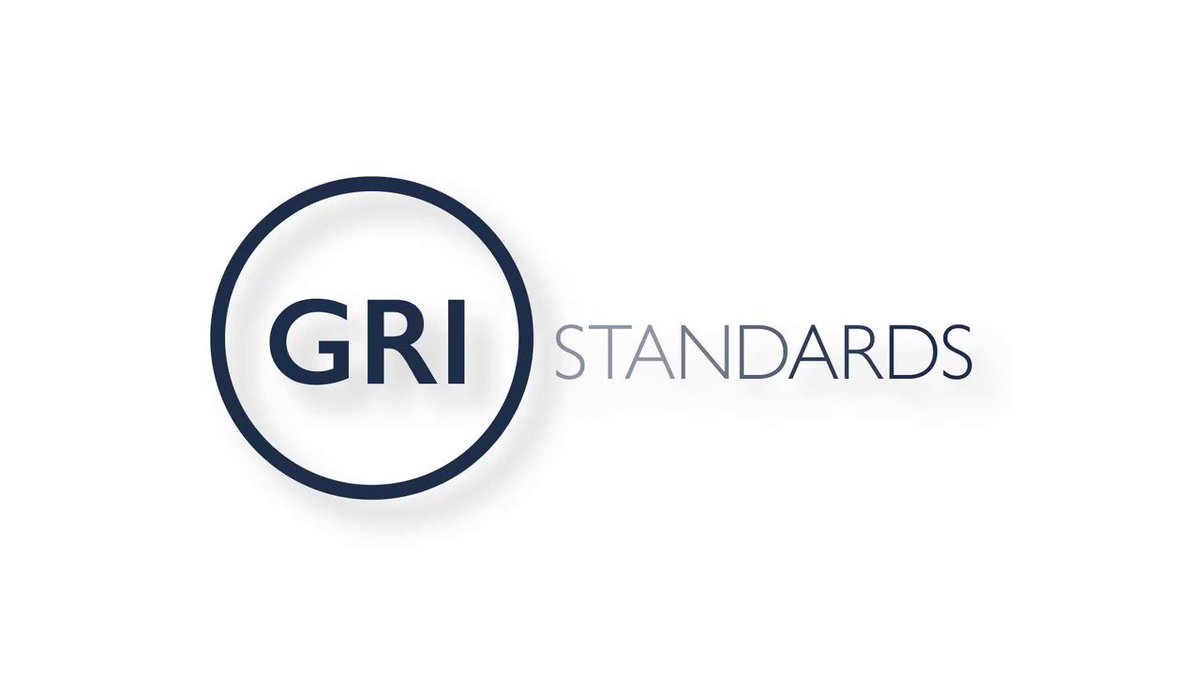On the 5th of October 2021, the Global Reporting Initiative (GRI) presented its most substantial update to the global standards since its start in 2016. The most significant change can be found in the newly introduced sector standards, along with numerous revisions to the universal and material standards. What are the key differences, and what impact will they have on your organization?
What are the GRI Standards?
The GRI standards are a set of industry-leading reporting standards that enable any organization to report transparently on their impacts on the economy, environment, and people. Over the last five years, the GRI standards have become the benchmark of what sustainability reporting should look like. This is also the reason that the European Union is collaborating with GRI on the development of the CSRD reporting guidelines.
Therefore, while it is not mandatory to use the GRI standards for your sustainability reporting, for most organizations, it is advisable to at least consider it, especially organizations that are active in the EU. The GRI has released its updated standards for 2023, making it the ideal moment for us to dive into the updated standards and discuss what changed.
Key changes in the GRI standards
The old universal GRI standards, known as GRI 101, 102, and 103, have been revised and rebranded into the new GRI 1, 2, and 3:
- GRI 1: Foundation
- GRI 2: General Disclosures
- GRI 3: Material Topics
A key change in GRI 1 is that there are no longer two different reporting methods available to use. Previously, organizations could choose to report according to the core guidelines or the comprehensive guidelines. With the updated standards, there will be only one option: in accordance with the standards. However, for organizations that do not want to apply the full guidelines, the option remains to report with reference to the GRI Standards for specific sections of their report.
Furthermore, in GRI 2, there are some important new disclosures in the area of responsible business conduct, specifically around human rights and due diligence.
Lastly, GRI 3 has been the most revamped out of the universal standards. It now includes a step-by-step guide on how to determine which topics are material for your organization. Additionally, the disclosures have been revised so that organizations must more clearly explain which topics are material for them or not.
The introduction of mandatory GRI Sector standards
The headline change in the 2021 update of the GRI standards is the introduction of the new Sector Standards. If you report in accordance with the GRI standards and a set of GRI sector standards has been developed for your sector, it will be mandatory to use them. These new sector standards do not replace the topic standards but rather contribute to them. One of the main functions of the sector standards is to aid organizations in determining which topic standards are material for them.
The goal is to have sector standards for most sectors eventually. Currently, one set of standards has been published already, for the oil and gas industry. Additionally, standards for Coal, Agriculture, Aquaculture and Fishing, and Mining are under development. The first of these standards are expected to become available in Q1 2022.
Topic standards
The topic standards see the least change in this GRI update. The most significant adjustment is the removal of three topic standards, mainly because they were no longer relevant or their content has been incorporated in the revised universal standards. Furthermore, there has been an overall revision to all topic standards to ensure they align with the new universal and sector standards.
What is the impact of the updated GRI standards for you?
Are you reporting or planning to report according to the GRI framework? We are happy to discuss the consequences of the new GRI standards for your situation.



